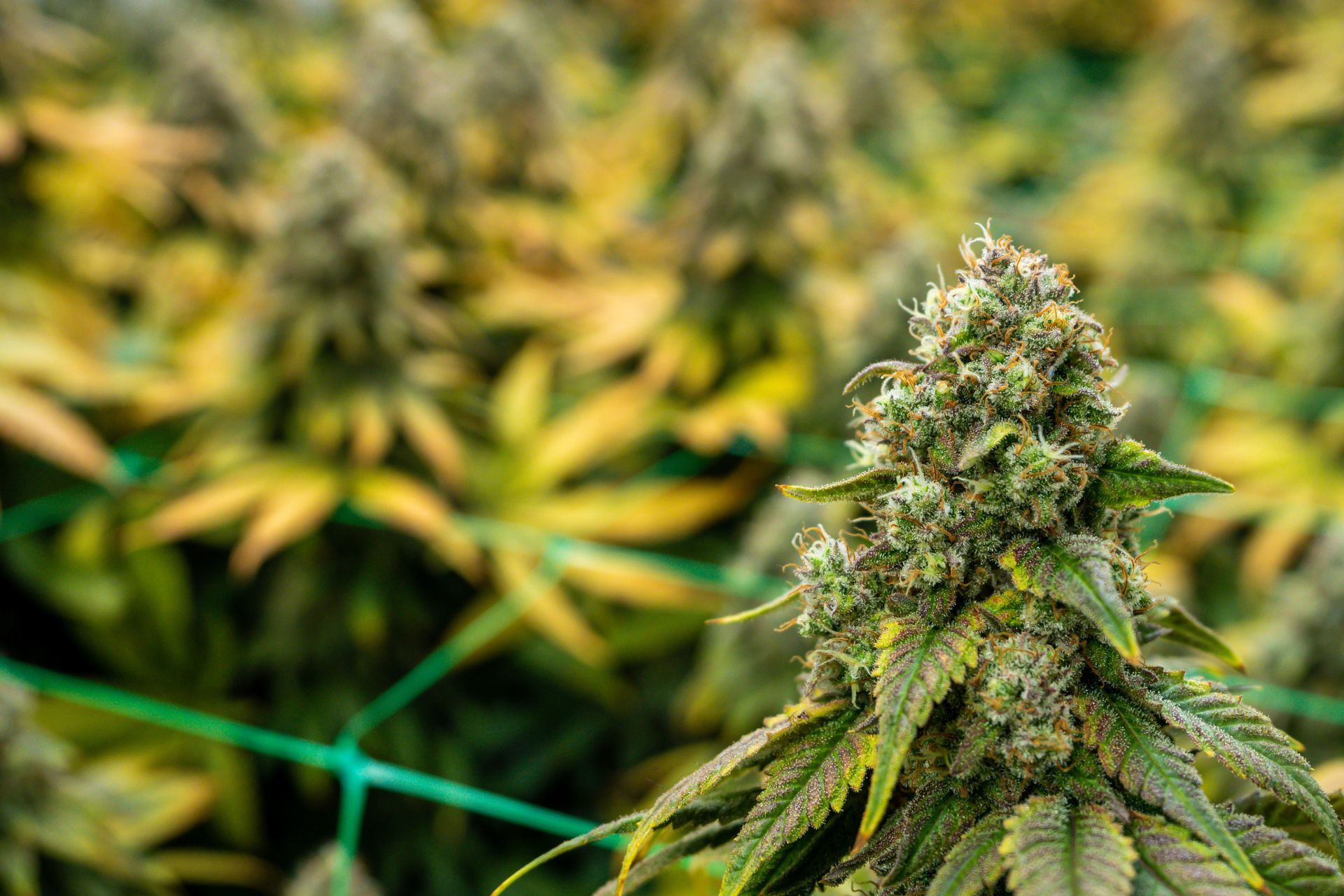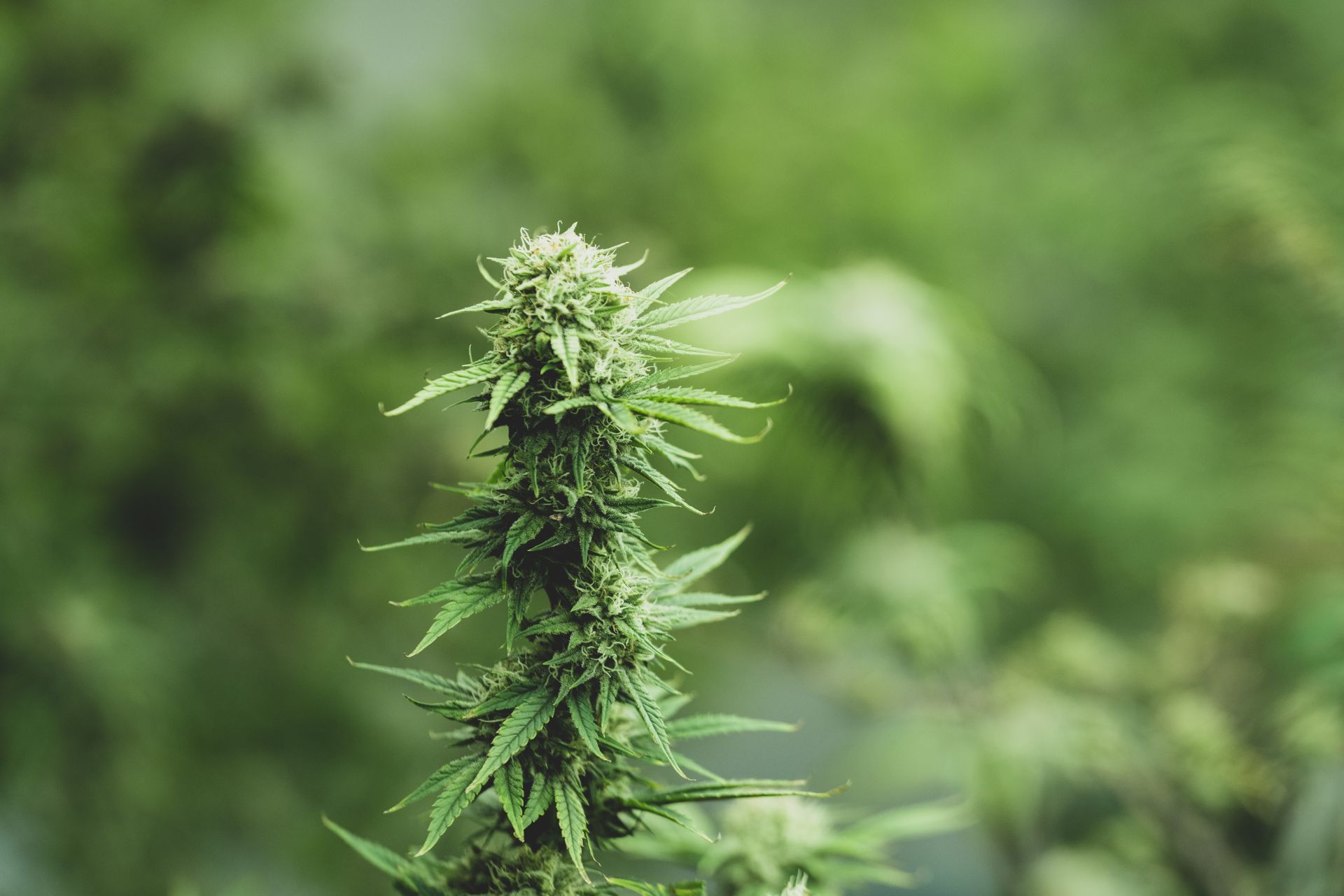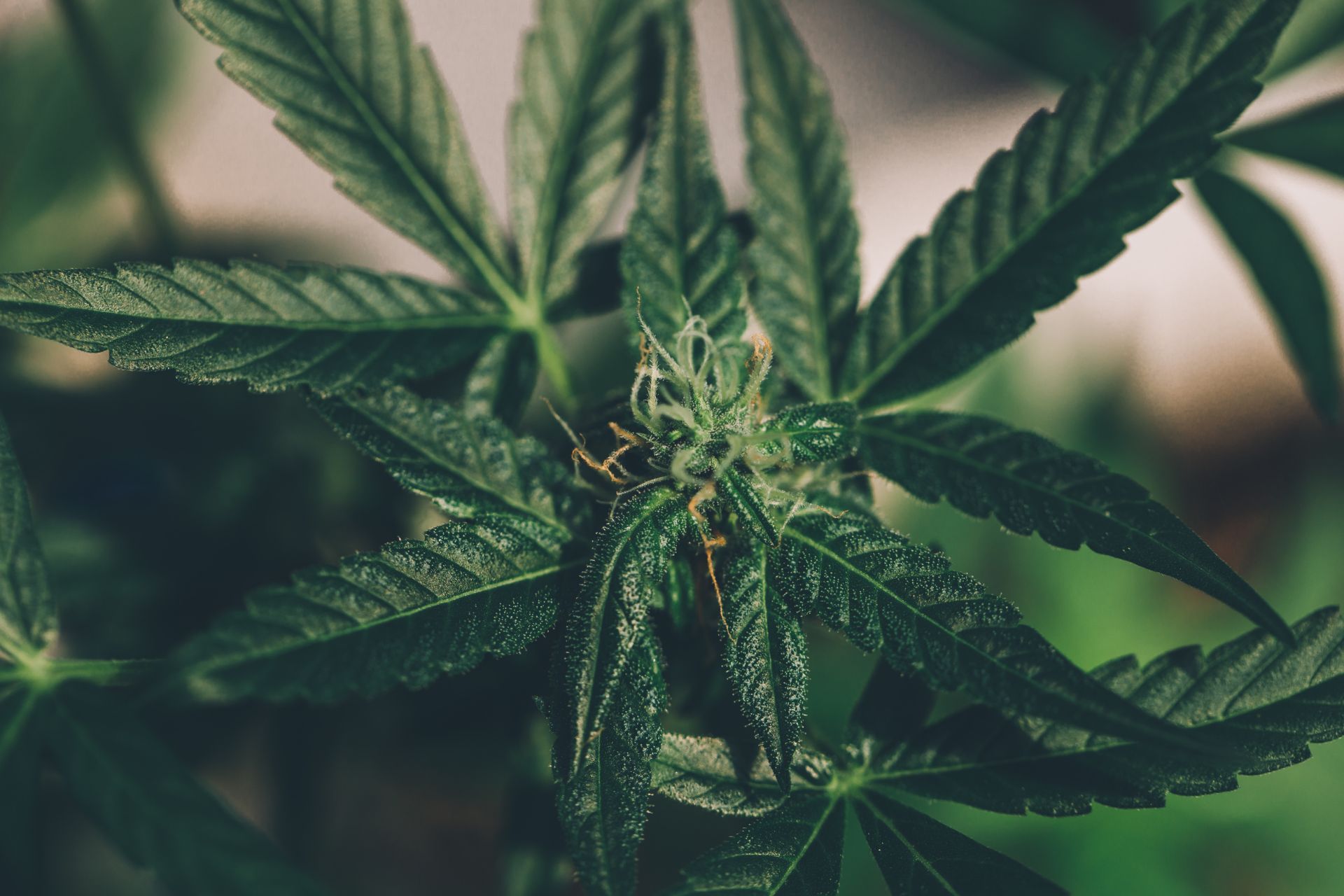How Business Location Influences Cannabis Insurance Rates
See How We're Different
or call us: (215) 653-8411
Understanding how location impacts cannabis insurance rates helps business owners make informed decisions and better manage their expenses. This article dives into the key ways geography shapes insurance costs, from proximity to emergency services to regulatory environments and local risk factors. Along the way, it draws on recent industry insights and data to paint a clear picture of what cannabis entrepreneurs face in 2025.
For a detailed look at how insurance costs vary by state and sub-industry, MoneyGeek’s analysis offers a solid starting point.
Why Location Matters More Than You Think
Experts emphasize that "location, city vs. rural and distance from fire department" are among the most significant drivers of cannabis insurance premiums according to Spire America. This means two businesses with similar operations but different locations can face vastly different insurance bills.
Urban vs. Rural: The Trade-Offs
These trade-offs make it essential for cannabis operators to assess their specific local risks carefully. For instance, a cannabis dispensary in a metropolitan area might pay between $170 and $220 per month for insurance, influenced by factors like security measures and sales volume according to Insuranceopedia. Meanwhile, a similar business in a less accessible rural area could see those costs climb due to increased risk.
Regulatory Environment and Its Impact on Insurance
In states with strict regulations and heavy oversight, insurance companies face higher litigation risks and compliance costs. This complexity often translates into increased premiums for cannabis operators. The cannabis insurance market is currently under heightened scrutiny from both federal and state regulators, driving up costs across the board according to Risk Strategies.
For example, cannabis retailers in Washington state face some of the highest insurance premiums in the country. Average combined premiums for a single-location dispensary range from $35,000 to $65,000 annually according to Mosaicia. This is largely due to the state’s regulatory complexity and the high value of cannabis products on-site, which increase both liability and property risk.
Licensing and Compliance Costs
Physical Risks Tied to Location
According to industry experts, cultivation and growing practices are key influences on cannabis insurance premiums, as they directly impact the risk profile of a business Gavelmint reports. This means location-specific environmental risks cannot be ignored.
Proximity to Emergency Services
How Location Shapes Insurance Strategy
Since cannabis insurance costs vary widely, with annual premiums ranging from $867 to $1,400 on average depending on coverage type and location MoneyGeek notes, these investments can yield meaningful savings. Additionally, understanding the nuances of local regulations can further aid in mitigating risks; for example, businesses that adhere strictly to zoning laws and health regulations may find themselves eligible for discounts on their insurance premiums.
Preparing for Rising Costs
The cannabis industry is facing soaring insurance costs in 2025. A recent survey found that 75% of cannabis companies believe they do not have adequate insurance to protect against risks that could harm profits according to Marijuana Business Magazine. Location-related risks are a big part of this challenge. For example, businesses in coastal areas may need to account for hurricane risks, while those in the Midwest must consider the potential for severe storms and flooding.
Unexpected Benefits of Cannabis Legalization on Insurance
Interestingly, cannabis legalization can have positive ripple effects on other types of insurance. A study from Drexel University found that states legalizing cannabis for medical use saw significant reductions in private health insurance premiums. Annual premiums decreased by as much as $1,663 compared to similar states without legalization according to Drexel University.
Insurance Cost Comparison: Location Matters
| Location Type | Typical Annual Cannabis Insurance Cost | Key Risk Factors | Example |
|---|---|---|---|
| Urban Dispensary | $2,040 - $2,640 | High crime, regulatory complexity, proximity to fire/police | Dispensary in Seattle paying $170-$220/month (Insuranceopedia) |
| Rural Cultivation Facility | $867 - $1,400 | Distance from emergency services, environmental hazards | Small grow operation in rural Oregon (MoneyGeek) |
| Washington State Retailer | $35,000 - $65,000 | Strict regulations, high product value, litigation risk | Single-location dispensary in Washington (Mosaicia) |
What to Remember When Choosing Your Cannabis Business Location
Frequently Asked Questions
Q: How does proximity to a fire department affect cannabis insurance rates?
Q: Why do cannabis insurance premiums vary so much between states?
Q: Can security measures reduce my cannabis insurance costs?
Q: Are rural cannabis businesses always cheaper to insure?
Q: How can I prepare for rising cannabis insurance costs?

Article By: Deb Sculli
Cannabis Insurance Specialist




